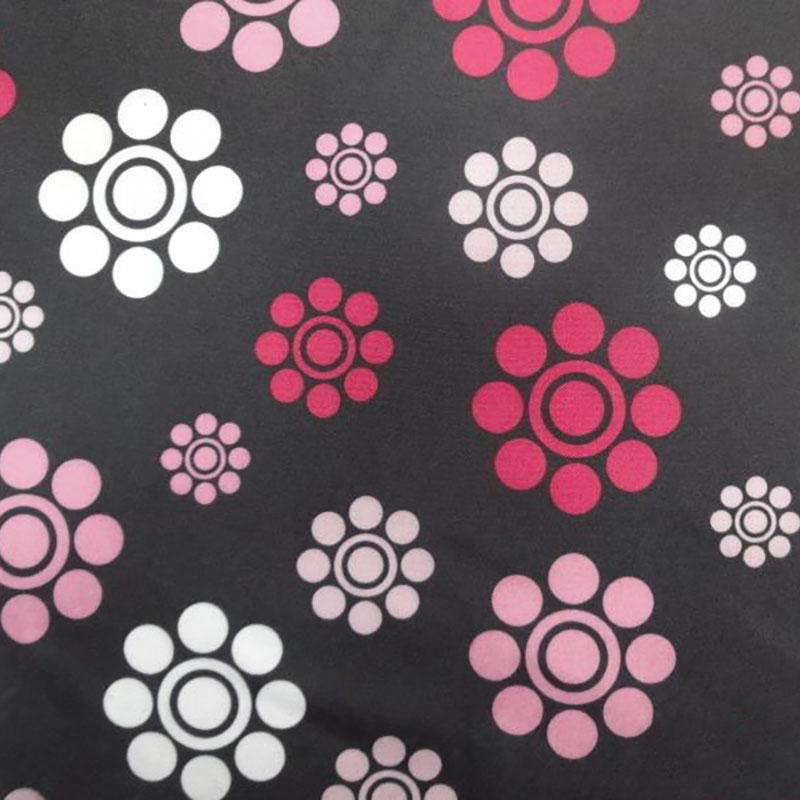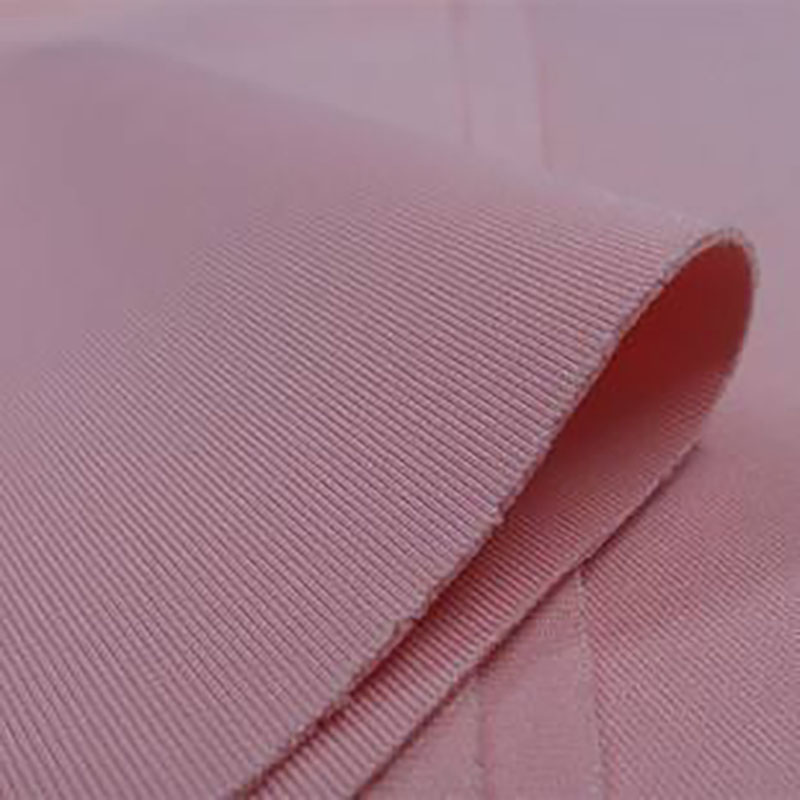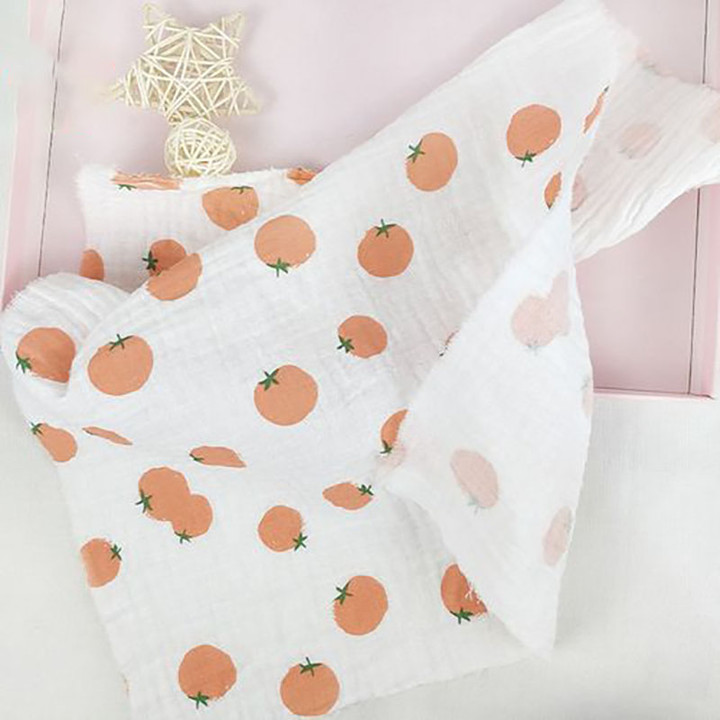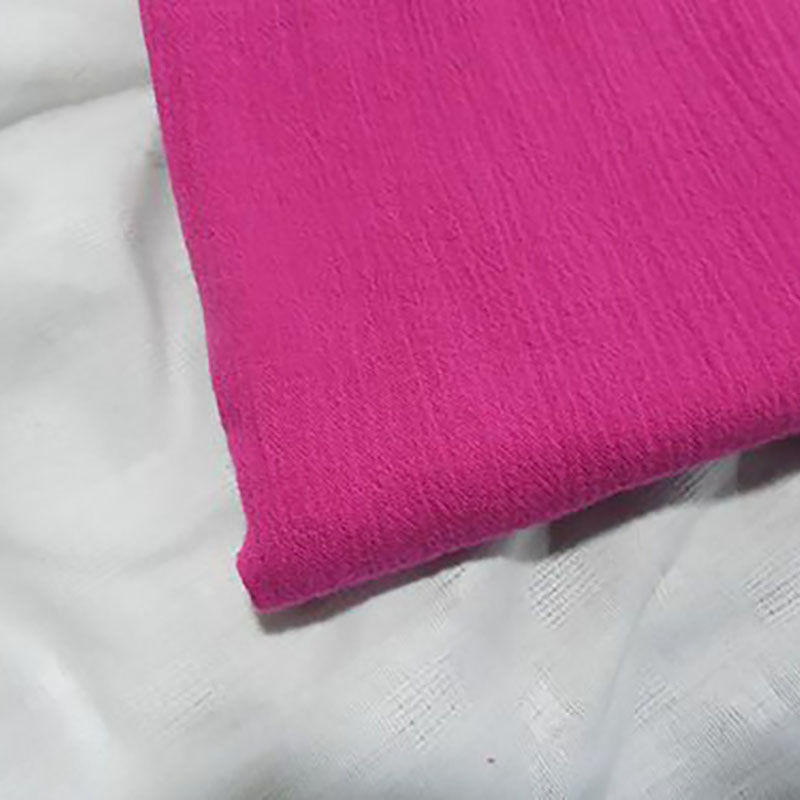As a unique fabric, jacquard fabric can be traced back to ancient times. Initially, the early form of jacquard appeared in the weaving process in China. Over time, jacquard fabric gradually spread to other regions and evolved into many different styles and uses.

The weaving technology of jacquard fabrics has been evolving along with the development of textile machinery. From the initial manual weaving to the introduction of more mechanical equipment, the production efficiency and design complexity of jacquard fabrics have been greatly improved. This technological development enables jacquard fabrics to present more exquisite and complex patterns to meet the diverse needs of the market.

In modern times, jacquard fabrics are widely used in home decoration, fashion and high-end clothing. Its rich patterns and textures make it a popular choice for designers and consumers. In addition, jacquard fabrics occupy an important position in cultural heritage, and the jacquard fabric craftsmanship in different regions reflects their unique cultural traditions and aesthetics.

As a classic fabric, jacquard fabric's historical evolution and modern application both demonstrate human innovation and cultural accumulation in textile technology. Understanding the history and evolution of jacquard fabric not only allows us to re-recognize the unique charm of this fabric, but also provides us with a profound cultural background and value basis when choosing and using jacquard fabric.


